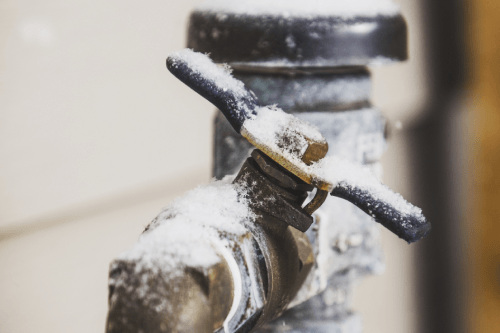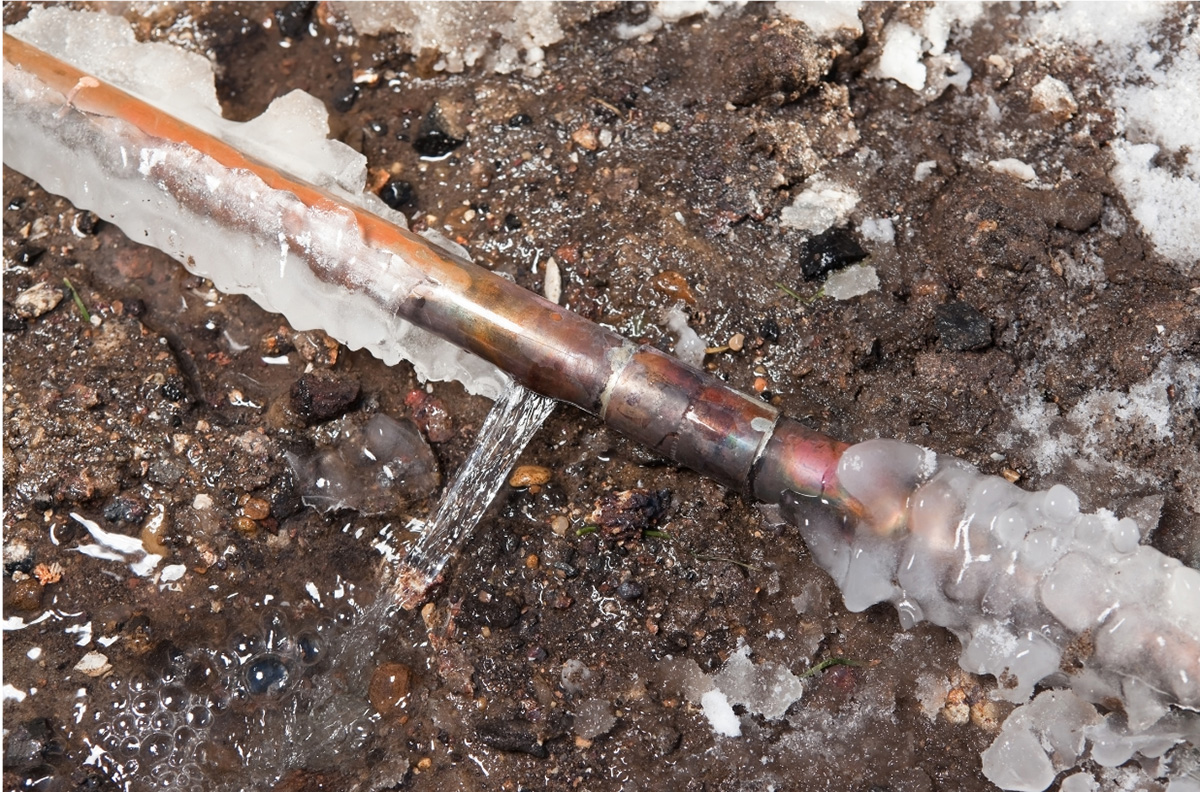Crucial Advice to Avoid Frozen Pipes in Cold Weather: Professional Guidance
Crucial Advice to Avoid Frozen Pipes in Cold Weather: Professional Guidance
Blog Article
Were you searching for ideas involving Winter Plumbing Precautions: Preventing Frozen Pipes?

Winter can damage your pipes, particularly by freezing pipes. Right here's how to prevent it from occurring and what to do if it does.
Introduction
As temperature levels decrease, the threat of icy pipes rises, possibly leading to pricey repairs and water damages. Comprehending just how to avoid frozen pipelines is essential for home owners in cold environments.
Understanding Frozen Pipes
What triggers pipes to ice up?
Pipelines ice up when subjected to temperatures listed below 32 ° F (0 ° C) for prolonged periods. As water inside the pipelines ices up, it expands, putting pressure on the pipeline walls and potentially triggering them to rupture.
Dangers and damages
Frozen pipelines can result in supply of water interruptions, property damages, and costly repair work. Burst pipelines can flooding homes and trigger comprehensive architectural damage.
Indicators of Frozen Water Lines
Identifying frozen pipelines early can prevent them from breaking.
How to determine icy pipes
Try to find lowered water flow from faucets, uncommon smells or noises from pipes, and visible frost on subjected pipelines.
Prevention Tips
Protecting prone pipelines
Cover pipelines in insulation sleeves or use heat tape to safeguard them from freezing temperatures. Focus on pipes in unheated or exterior areas of the home.
Home heating techniques
Keep interior areas appropriately warmed, especially locations with pipes. Open up cupboard doors to permit cozy air to flow around pipelines under sinks.
Securing Outside Pipes
Yard hoses and exterior faucets
Disconnect and drain pipes garden hoses prior to wintertime. Install frost-proof faucets or cover outdoor faucets with insulated caps.
What to Do If Your Pipelines Freeze
Immediate actions to take
If you presume icy pipes, maintain taps available to alleviate stress as the ice thaws. Use a hairdryer or towels soaked in hot water to thaw pipes slowly.
Long-Term Solutions
Structural adjustments
Consider rerouting pipes away from outside wall surfaces or unheated locations. Add extra insulation to attics, basements, and crawl spaces.
Upgrading insulation
Purchase top quality insulation for pipes, attics, and walls. Appropriate insulation assists preserve constant temperatures and decreases the risk of icy pipelines.
Final thought
Stopping frozen pipelines calls for positive actions and fast actions. By recognizing the causes, indicators, and preventive measures, property owners can secure their pipes throughout cold weather.
6 Proven Ways to Prevent Frozen Pipes and Protect Your Home
Disconnect and Drain Garden Hoses
Before winter arrives, start by disconnecting your garden hoses and draining any remaining water. Close the shut-off valves that supply outdoor hose bibs and leave the outdoor faucet open to allow any residual water to drain. For extra protection, consider using faucet covers throughout the colder months. It’s also important to drain water from any sprinkler supply lines following the manufacturer’s directions.
Insulate Exposed Pipes
Insulating your pipes is an effective way to prevent freezing. Pipe insulation is readily available at home improvement stores and is relatively inexpensive. Pay close attention to pipes in unheated areas such as the attic, basement, crawl spaces, or garage. Apply foam insulation generously to create a buffer against the cold. You can also wrap your pipes in heat tape or thermostat-controlled heat cables for added warmth.
Seal Air Leaks
Inspect your home for any cracks or openings that could let in cold air. Seal any holes around the piping in interior or exterior walls, as well as the sill plates where your home rests on its foundation. Additionally, make sure to keep your garage door closed unless you’re entering or exiting. Leaving it open creates a significant air leak that can lead to frozen pipes.
Allow Warm Air Circulation
During cold snaps, it’s essential to allow warm air to circulate evenly throughout your home. Leave interior doors ajar to promote better airflow. Open kitchen and bathroom cabinets to help distribute heat consistently around the rooms. If you have small children or pets, be sure to remove any household chemicals or potentially harmful cleaners from open cabinets for safety.
Let Faucets Drip
A small trickle of water can make a big difference in preventing ice formation inside your pipes. When temperatures drop significantly, start a drip of water from all faucets served by exposed pipes. This continuous flow helps prevent the water from freezing. Additionally, running a few faucets slightly can relieve pressure inside the pipes, reducing the chances of a rupture if the water inside does freeze.
https://choateshvac.com/6-proven-ways-to-prevent-frozen-pipes-and-protect-your-home/

I have been very involved in How to prepare your home plumbing for winter weather and I really hope you enjoyed reading my post. In case you enjoyed reading our page kindly do not forget to share it. Many thanks for being here. Return soon.
Click Here Report this page